Lomography: Every Frame, a Fingerprint
Holga photography is human. Even the coldest subject retains a spark of energy. You can sense the thought behind every shot—the moment of hesitation, the choice to pull the trigger, knowing you only have a few exposures left.
The results are haunting, dreamlike, and wholly human.
I travelled across countries, towns and quiet spaces with a camera that could never quite promise consistency. Each image was a leap of faith. Photos are paired intentionally—groupings of two that, together, create contrast and unexpected connections. A rough brick wall might sit beside a soft cloudscape. An empty parking lot might mirror the shape of a winding rural path. Somewhere in the space between them, a third, more abstract idea begins to emerge.
The quirks of Lomography—the blurred edges, the vignetting, the accidental flares are a visual language that feels both distant and familiar. Images aren’t glossy or exact. They’re moody, mysterious, and deeply intentional. They ask you to slow down. To look again. To feel.
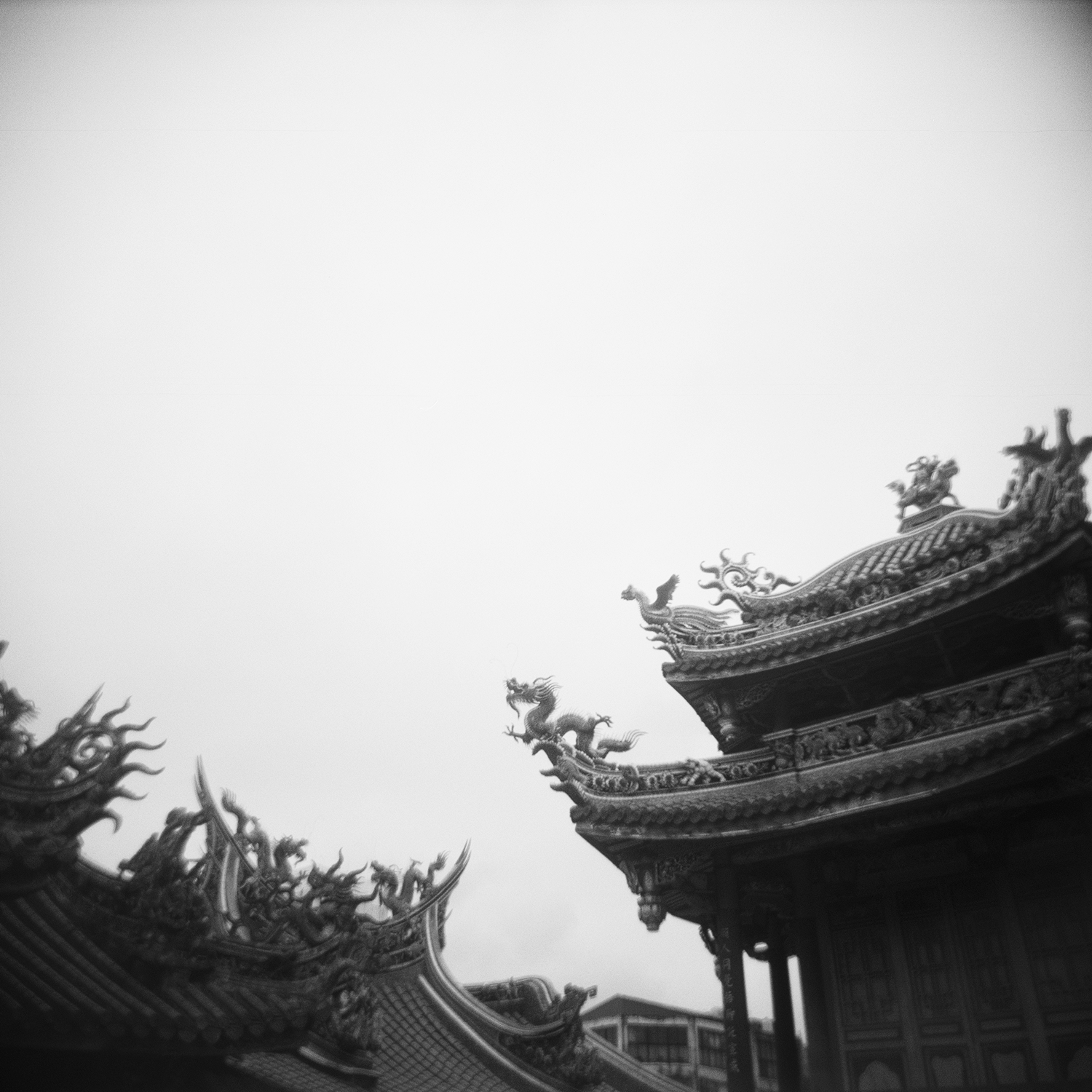
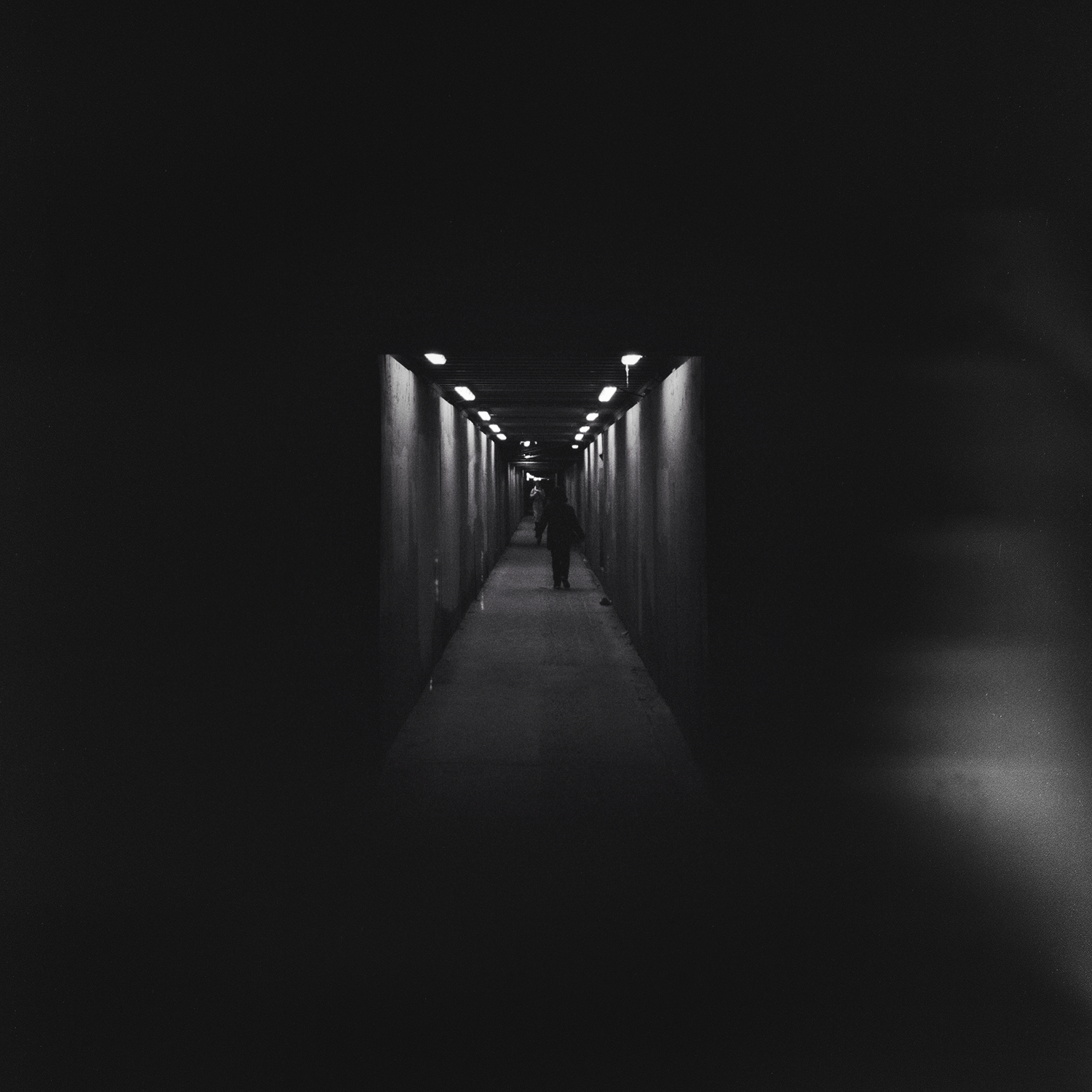
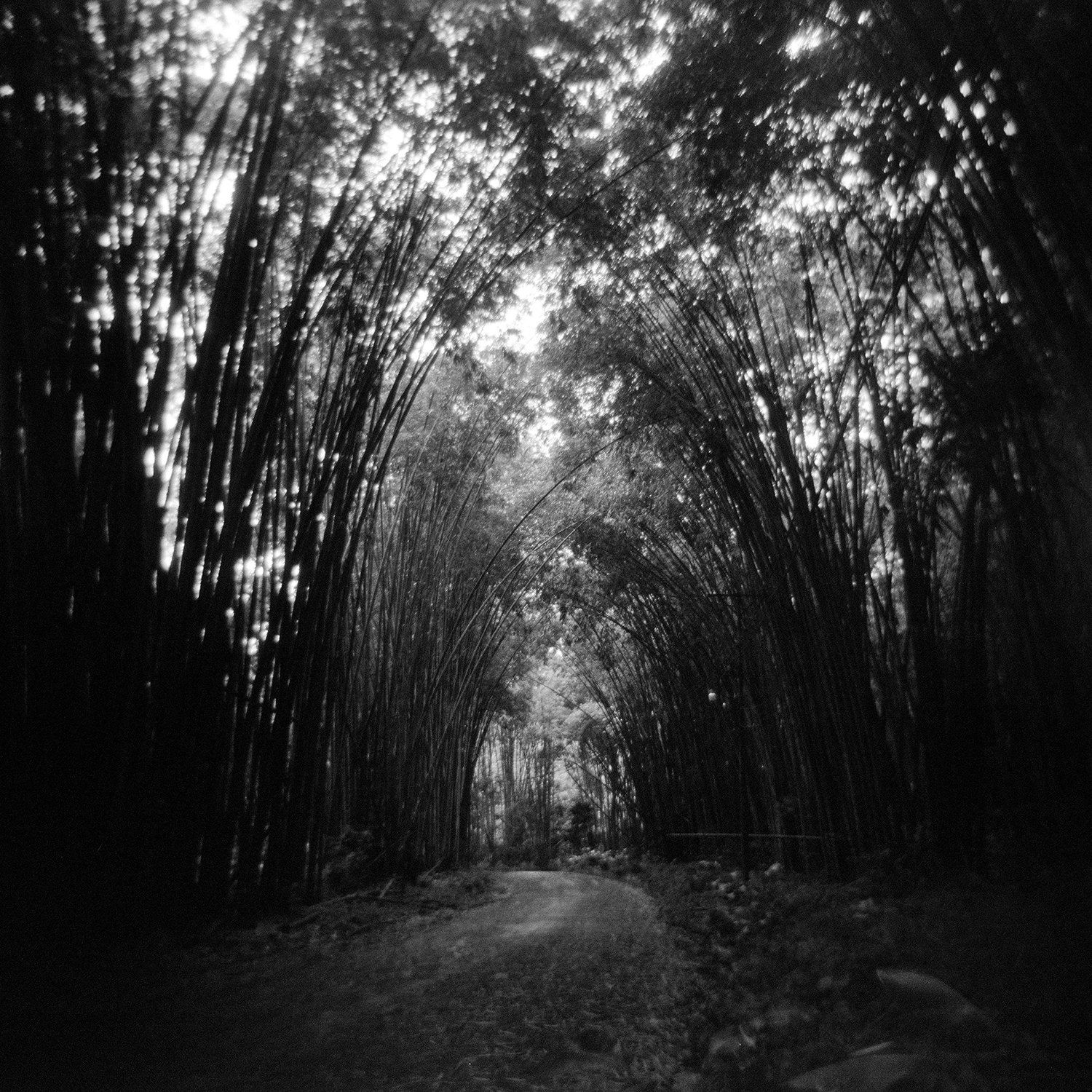
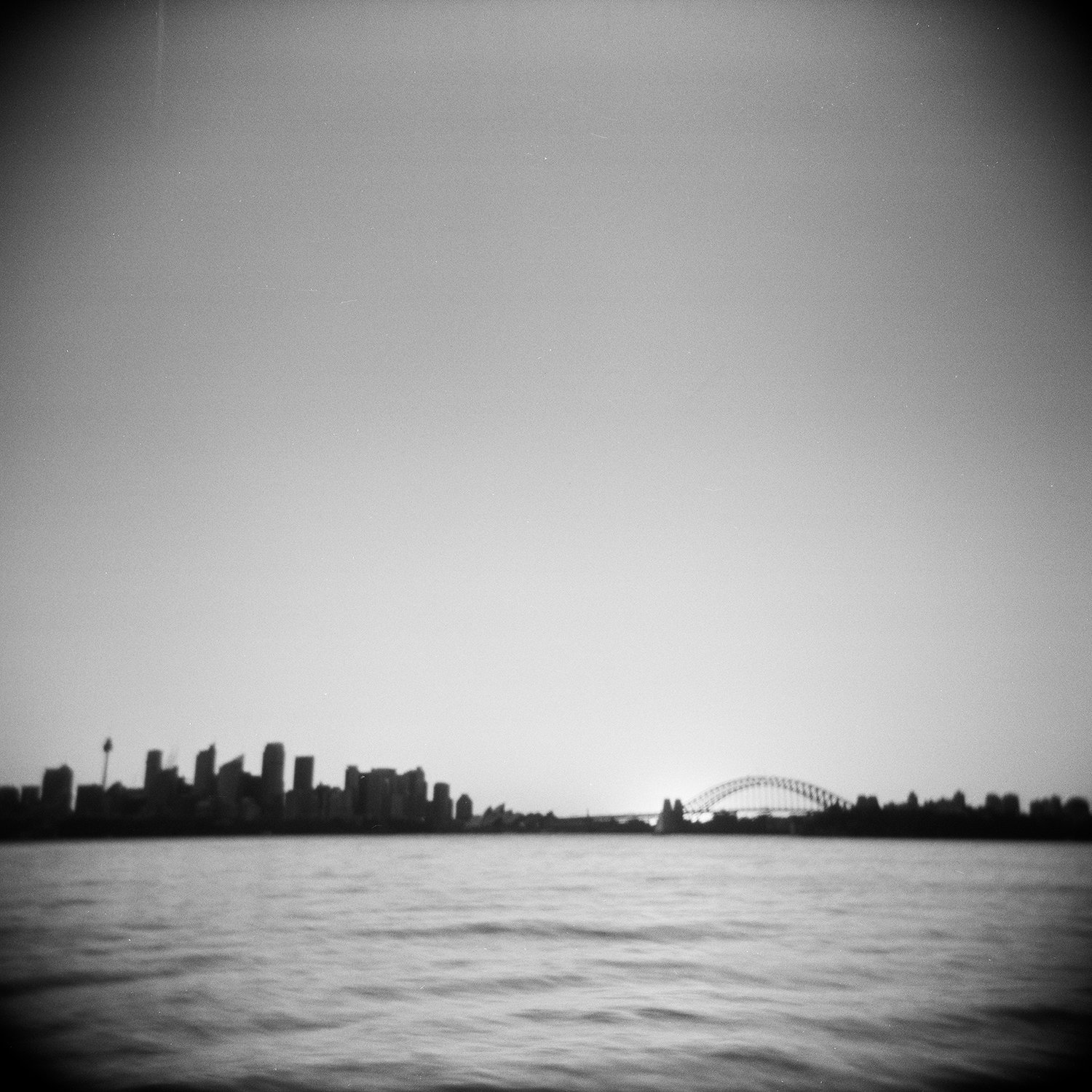
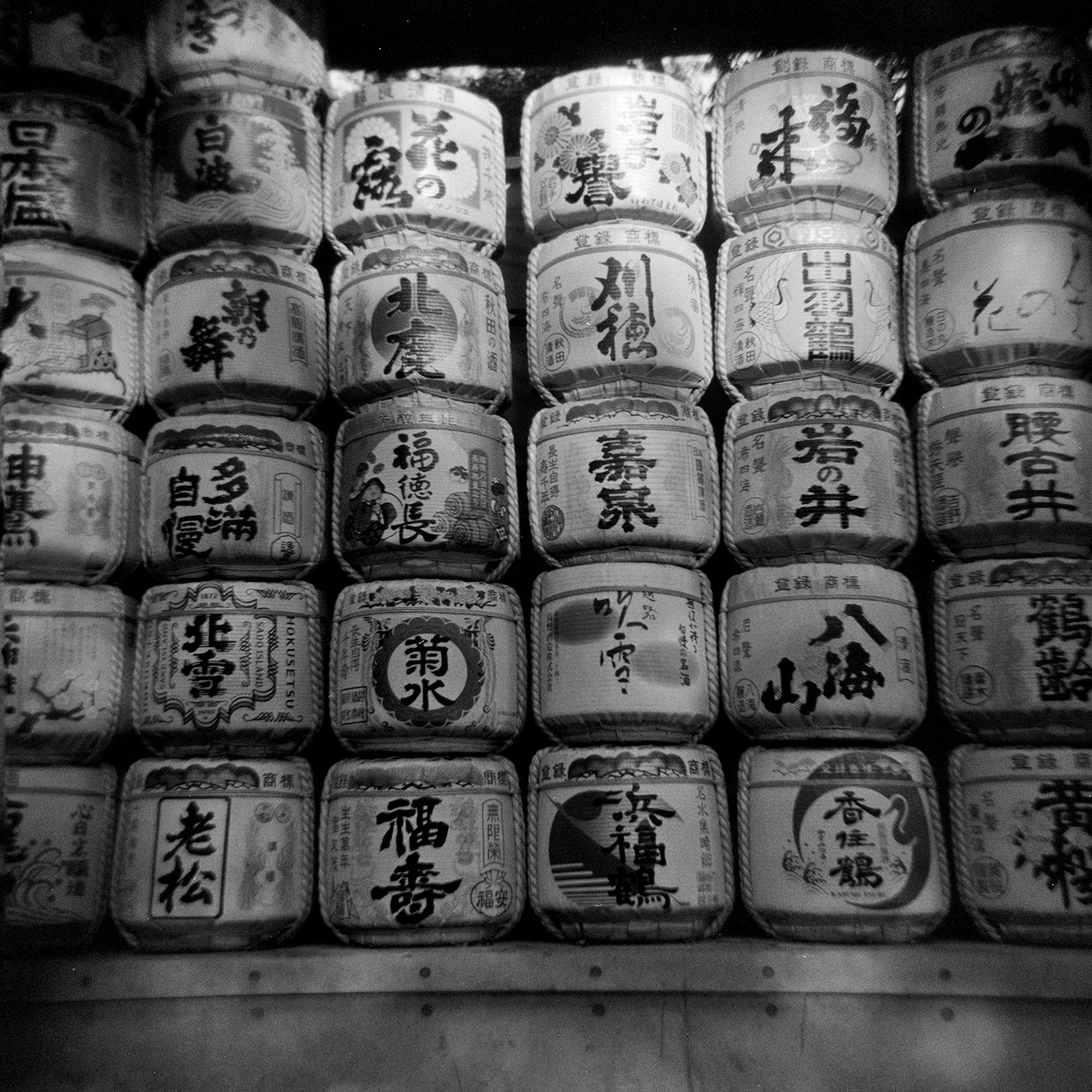
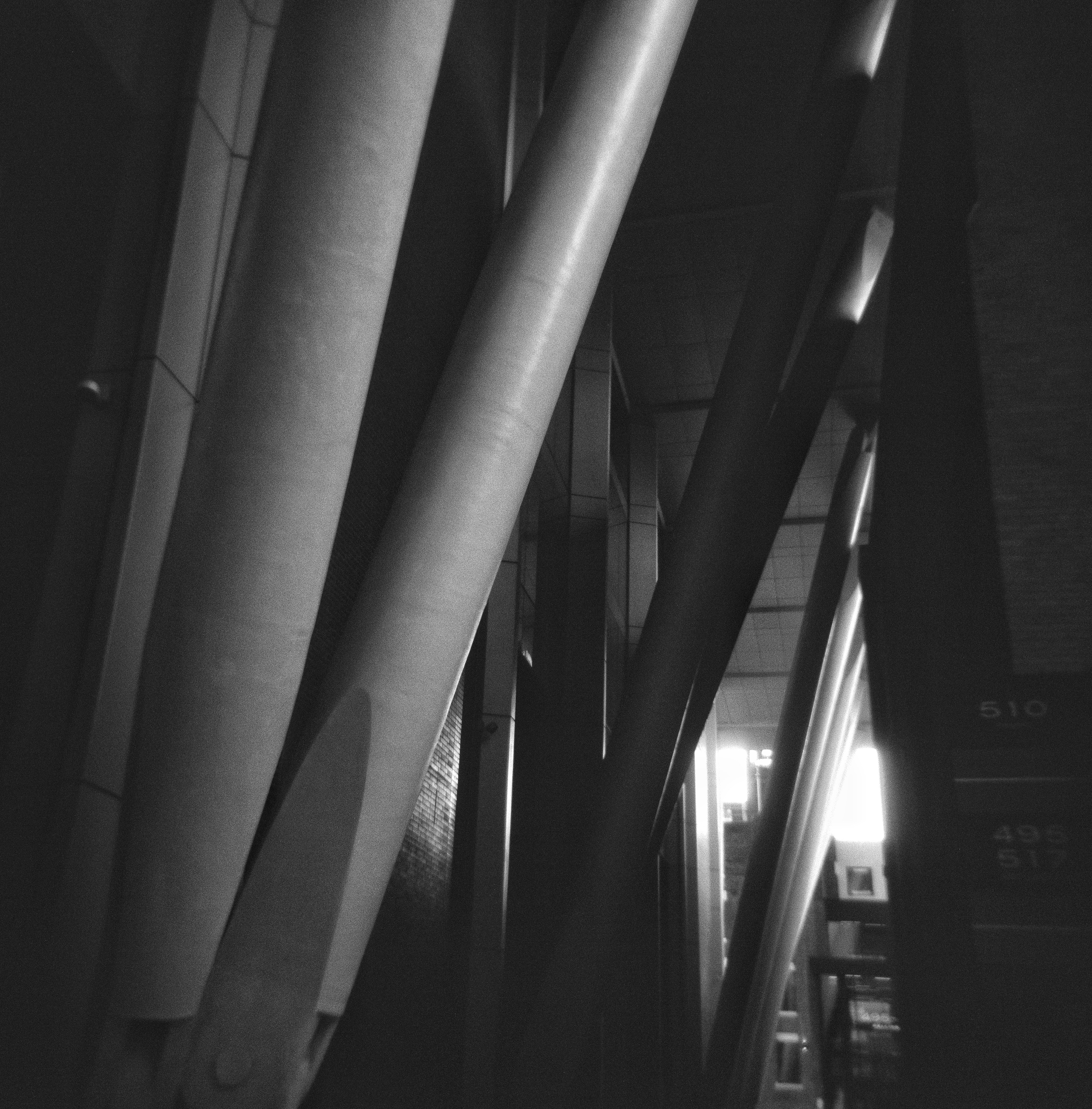
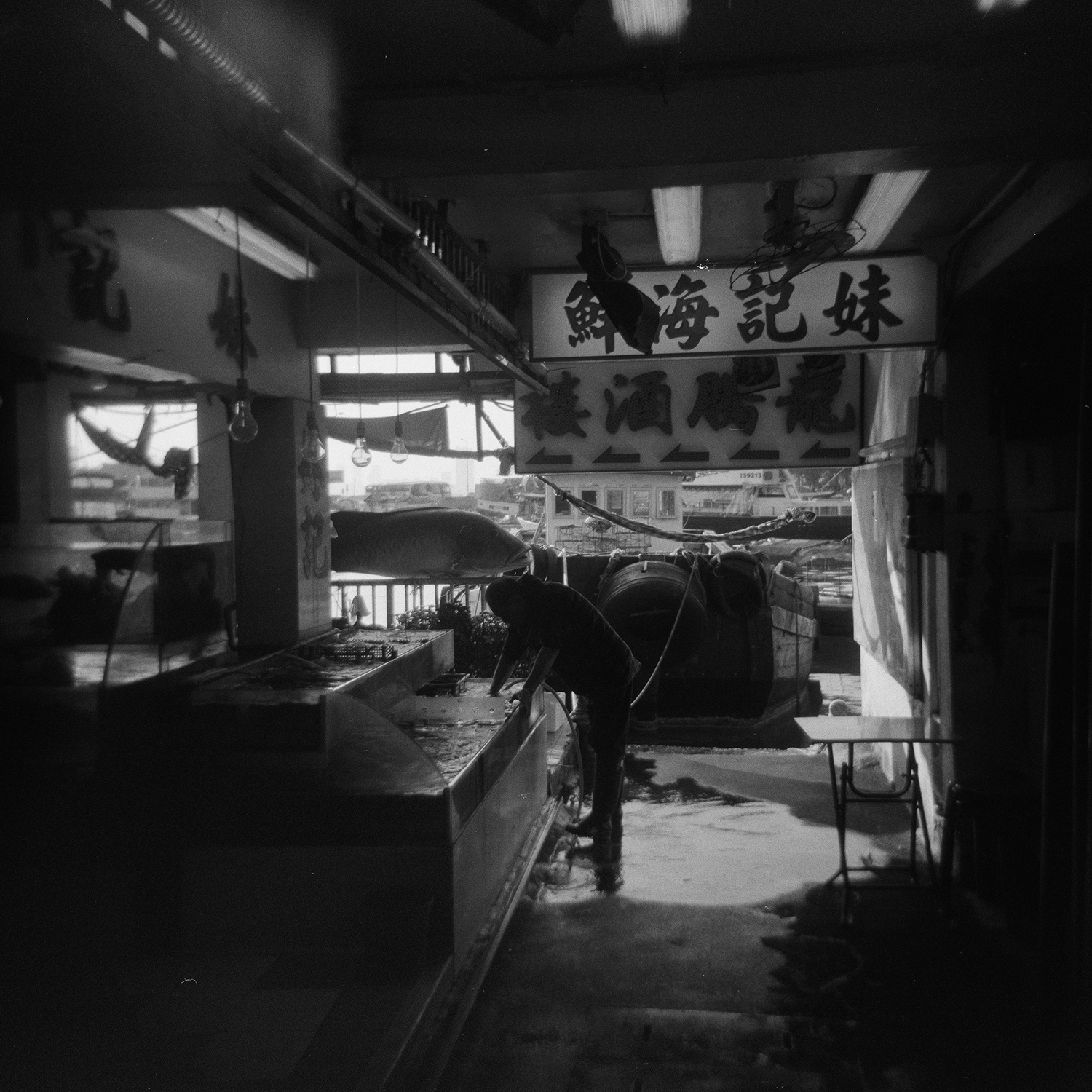
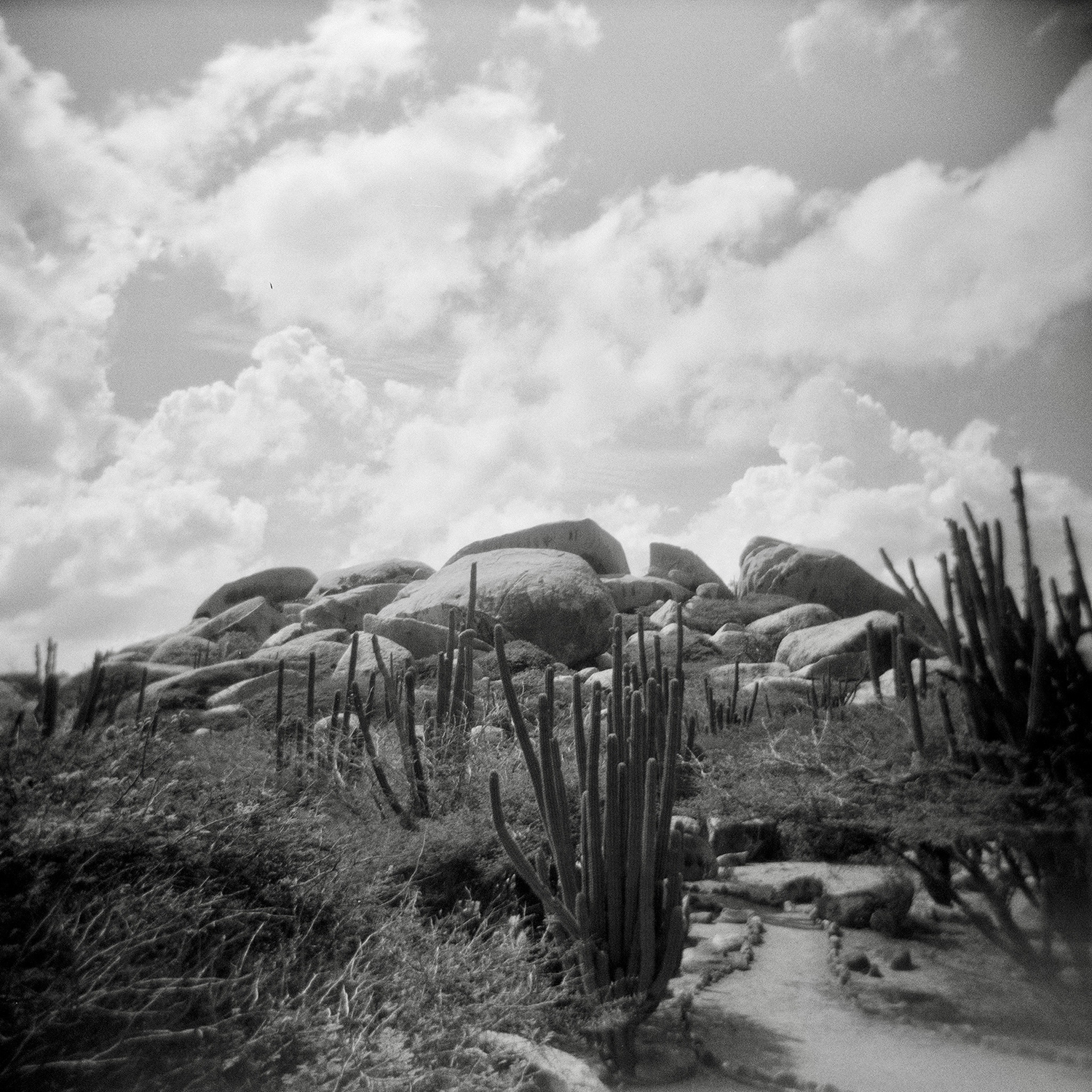
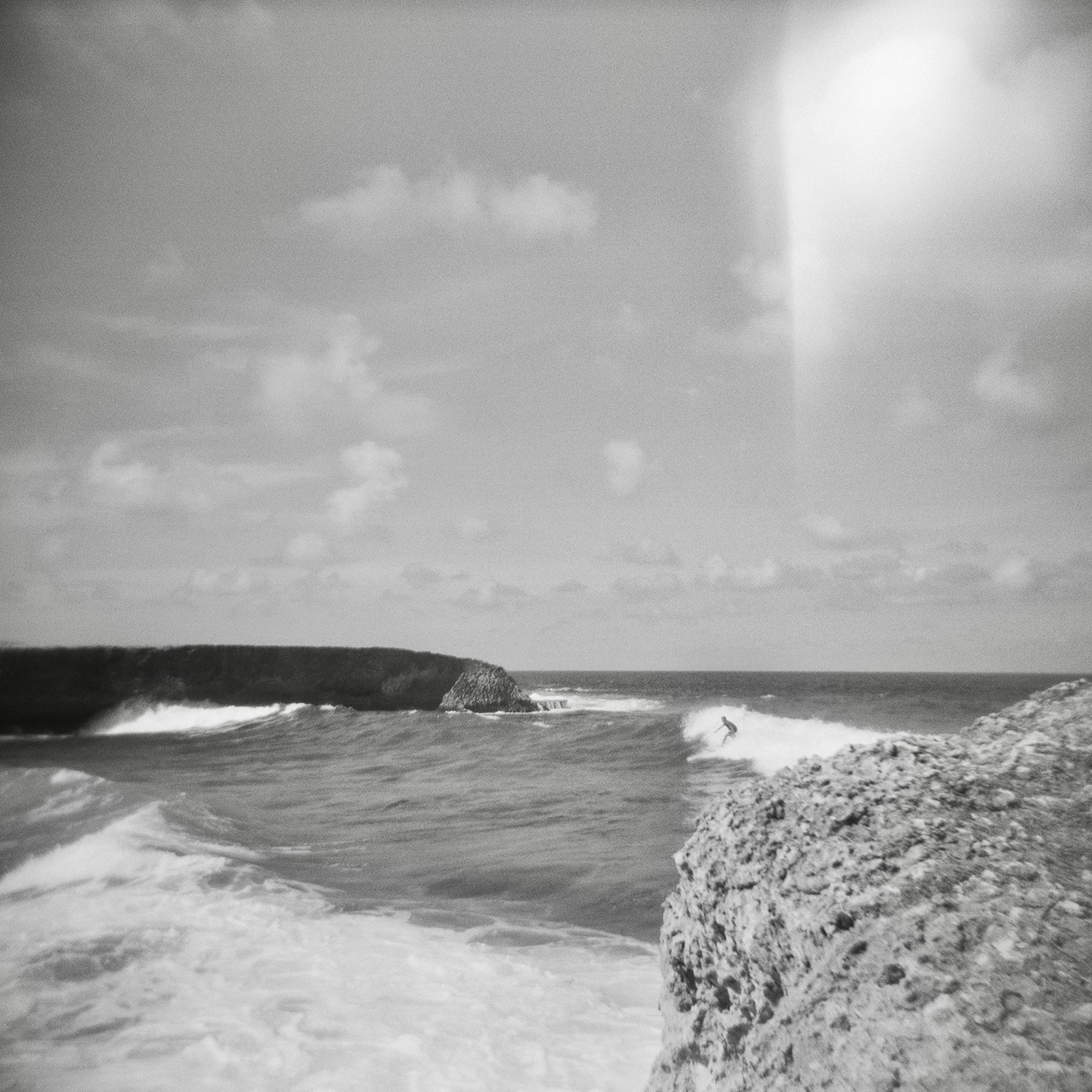
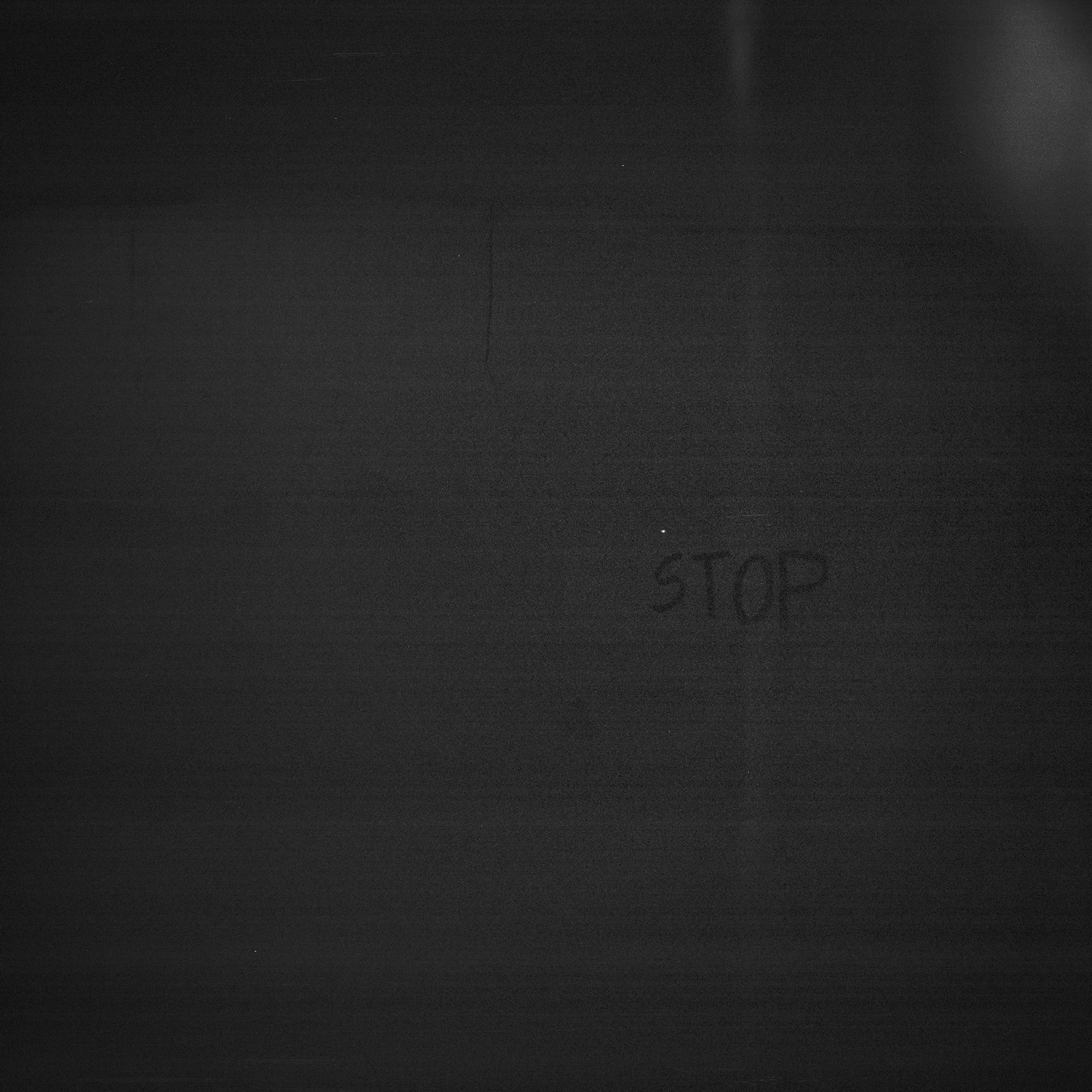
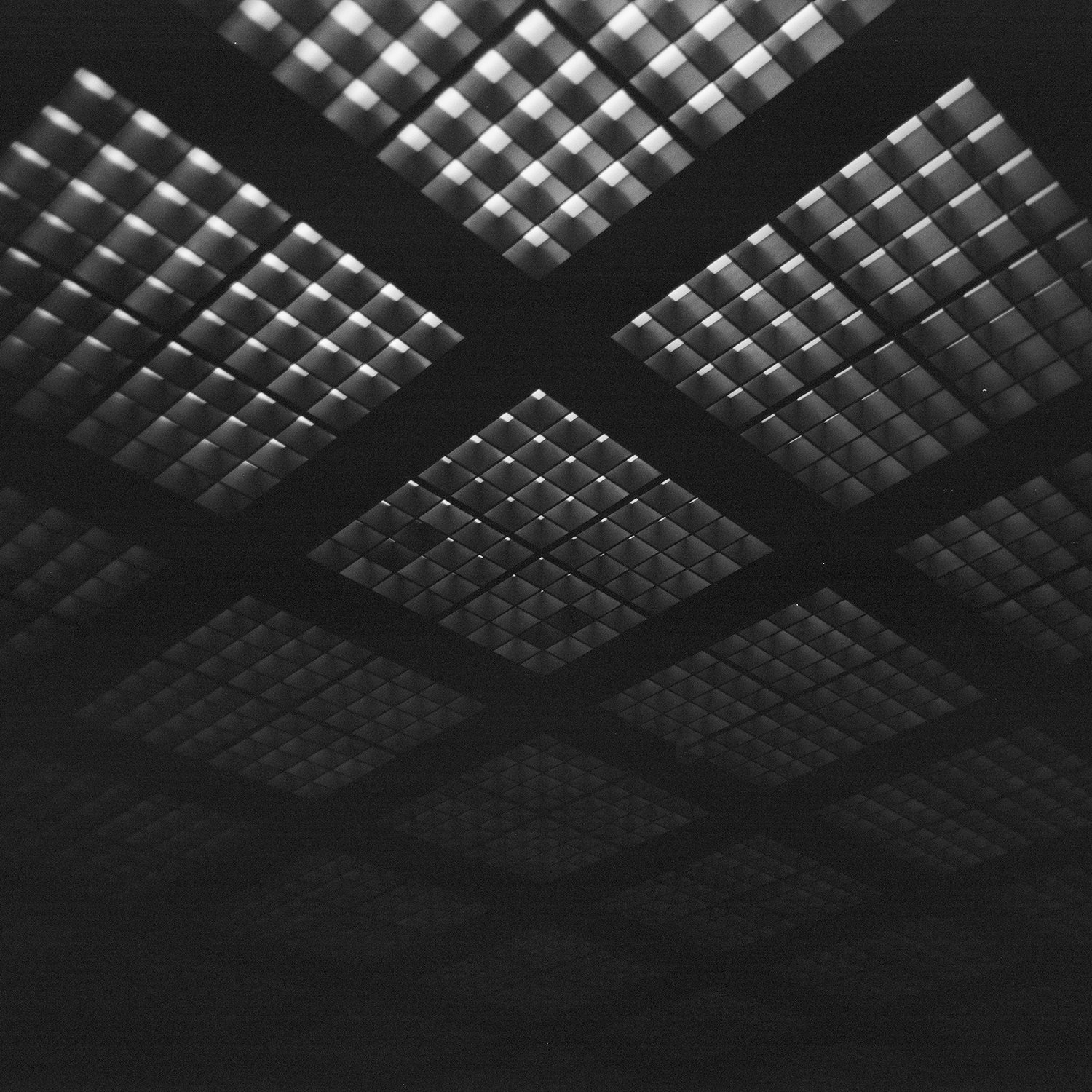
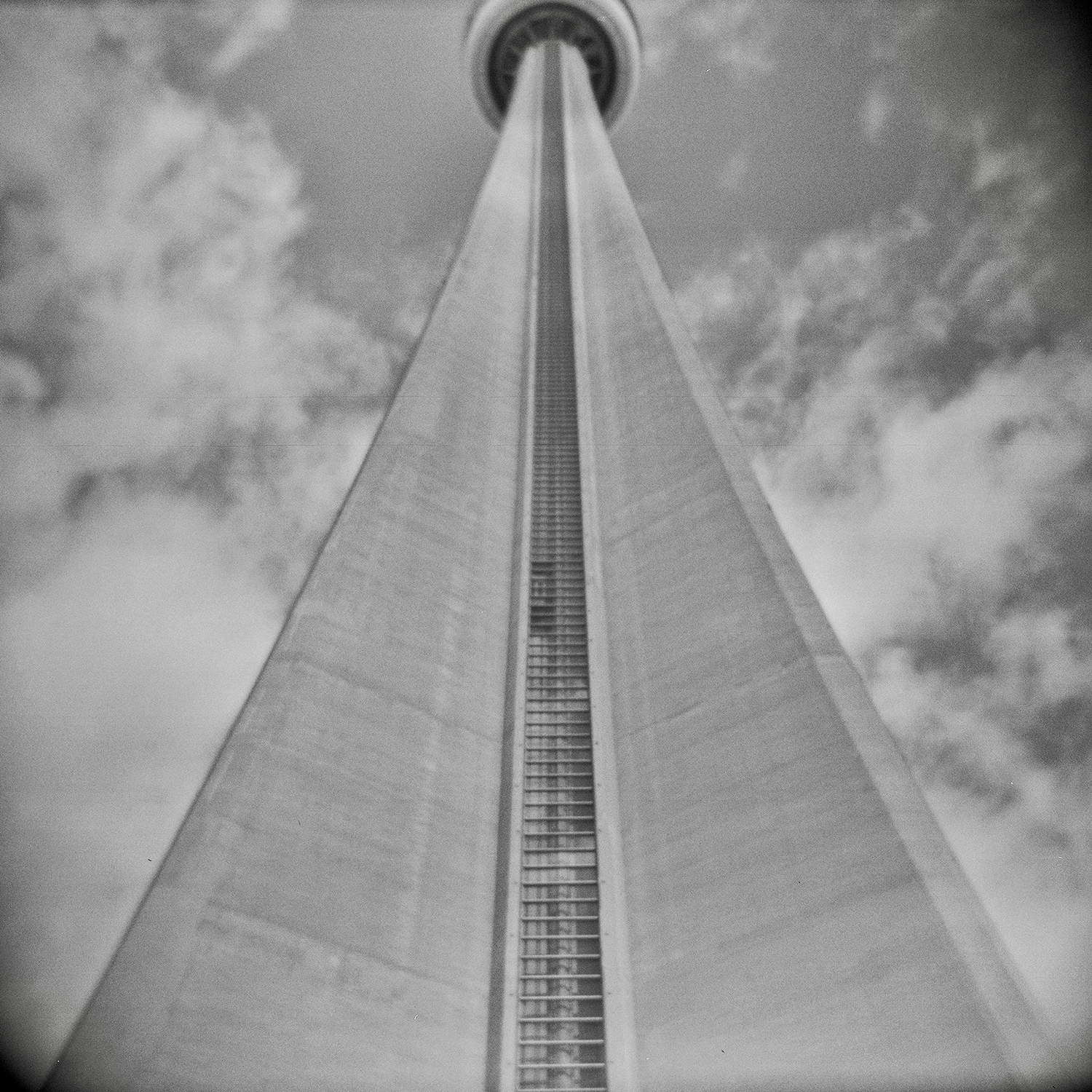
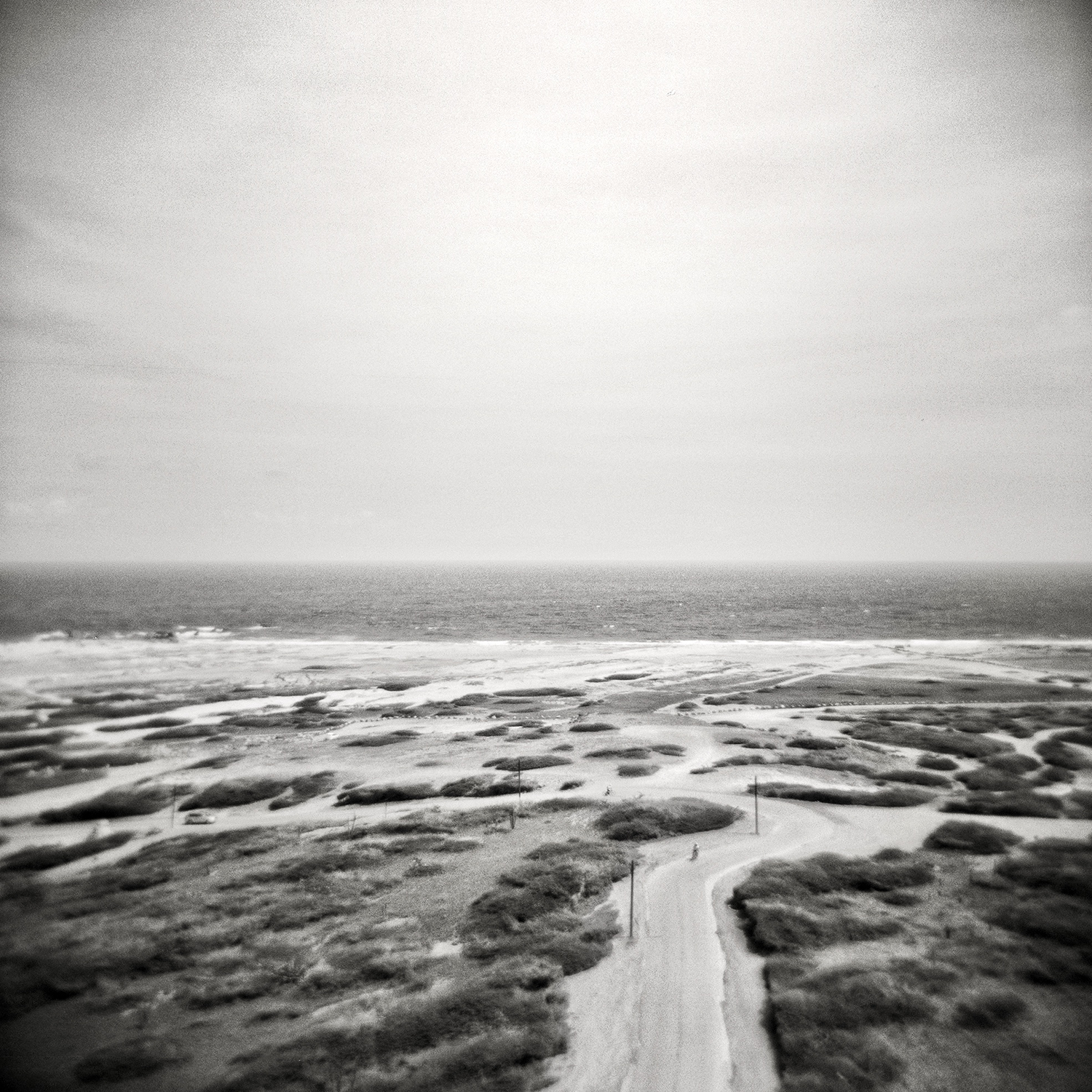

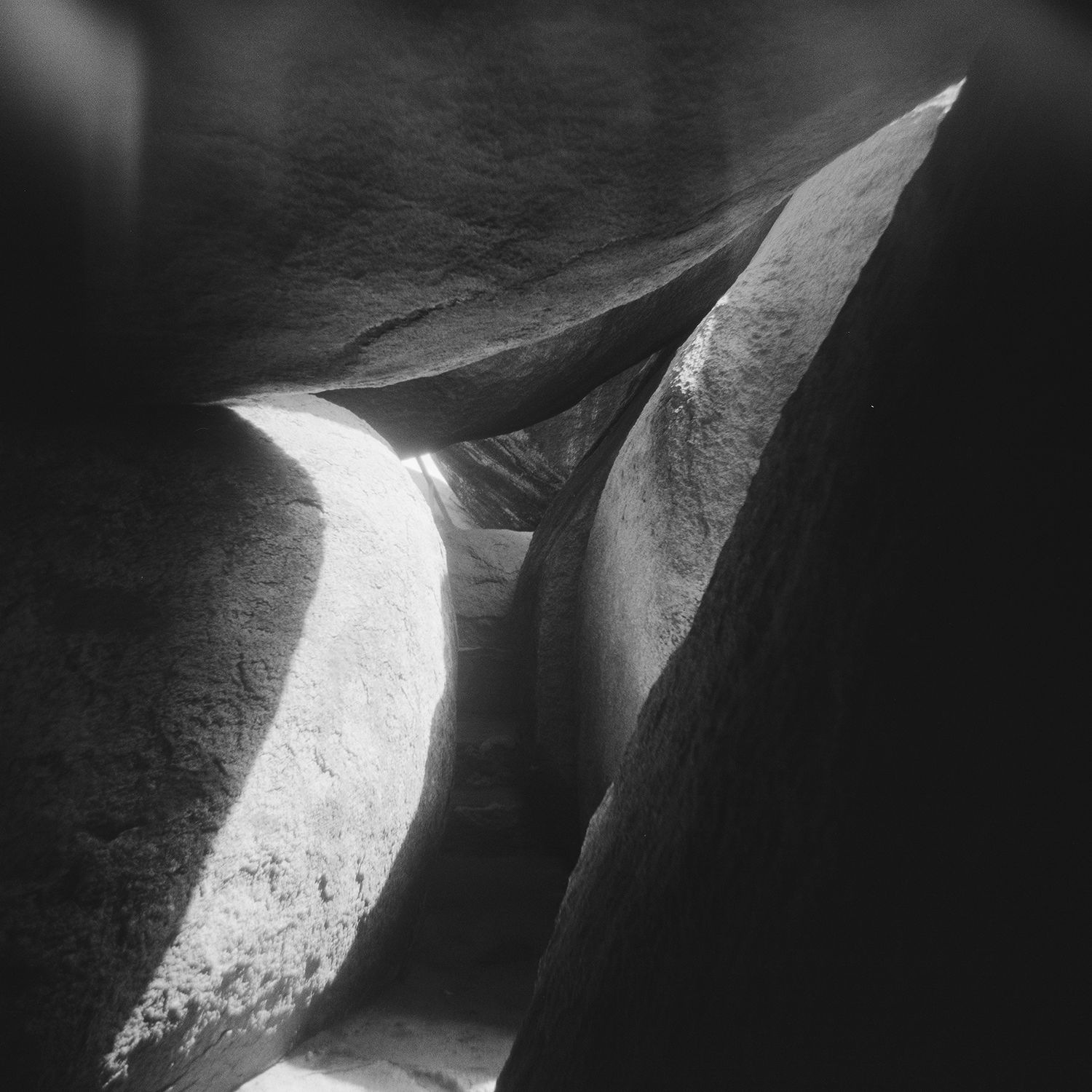
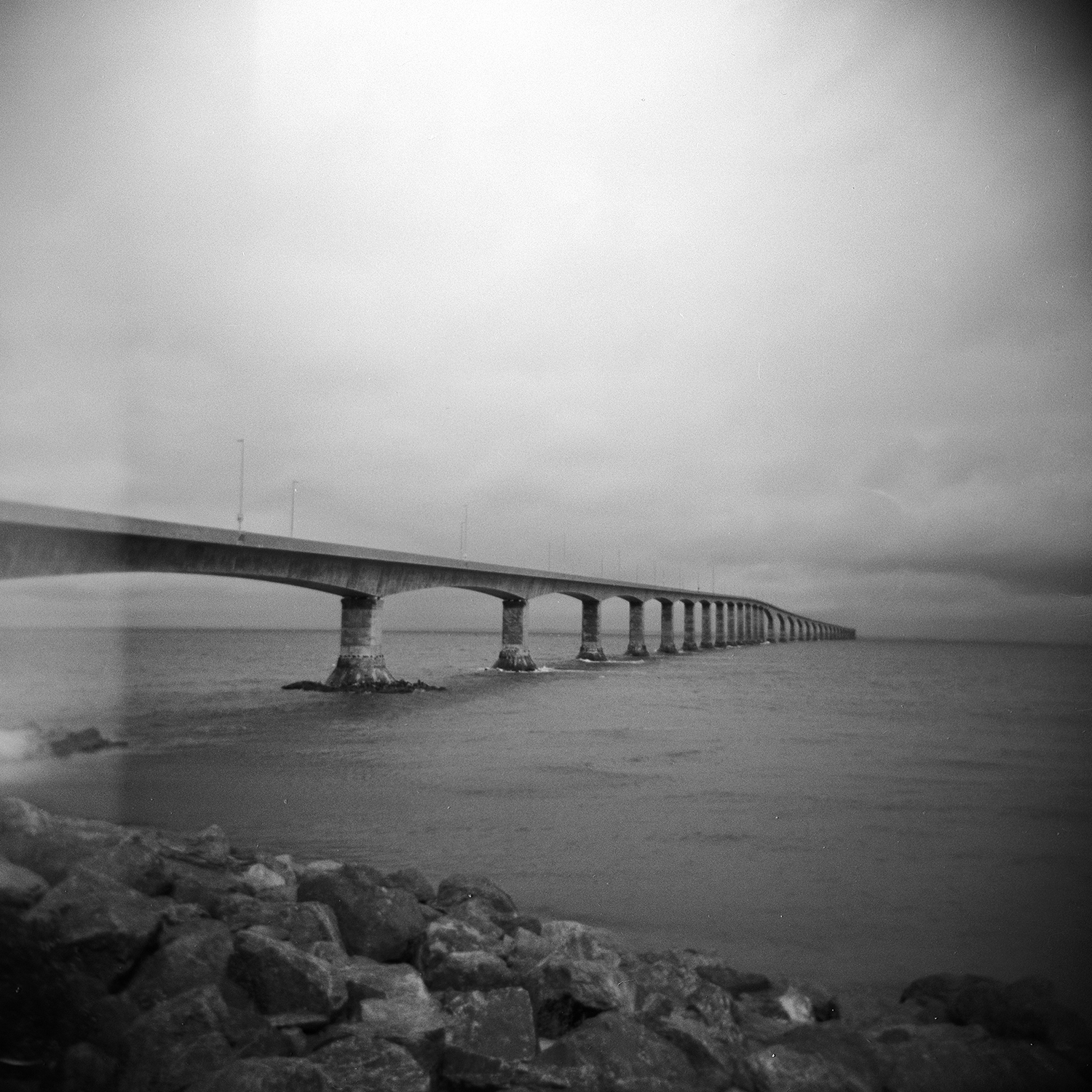
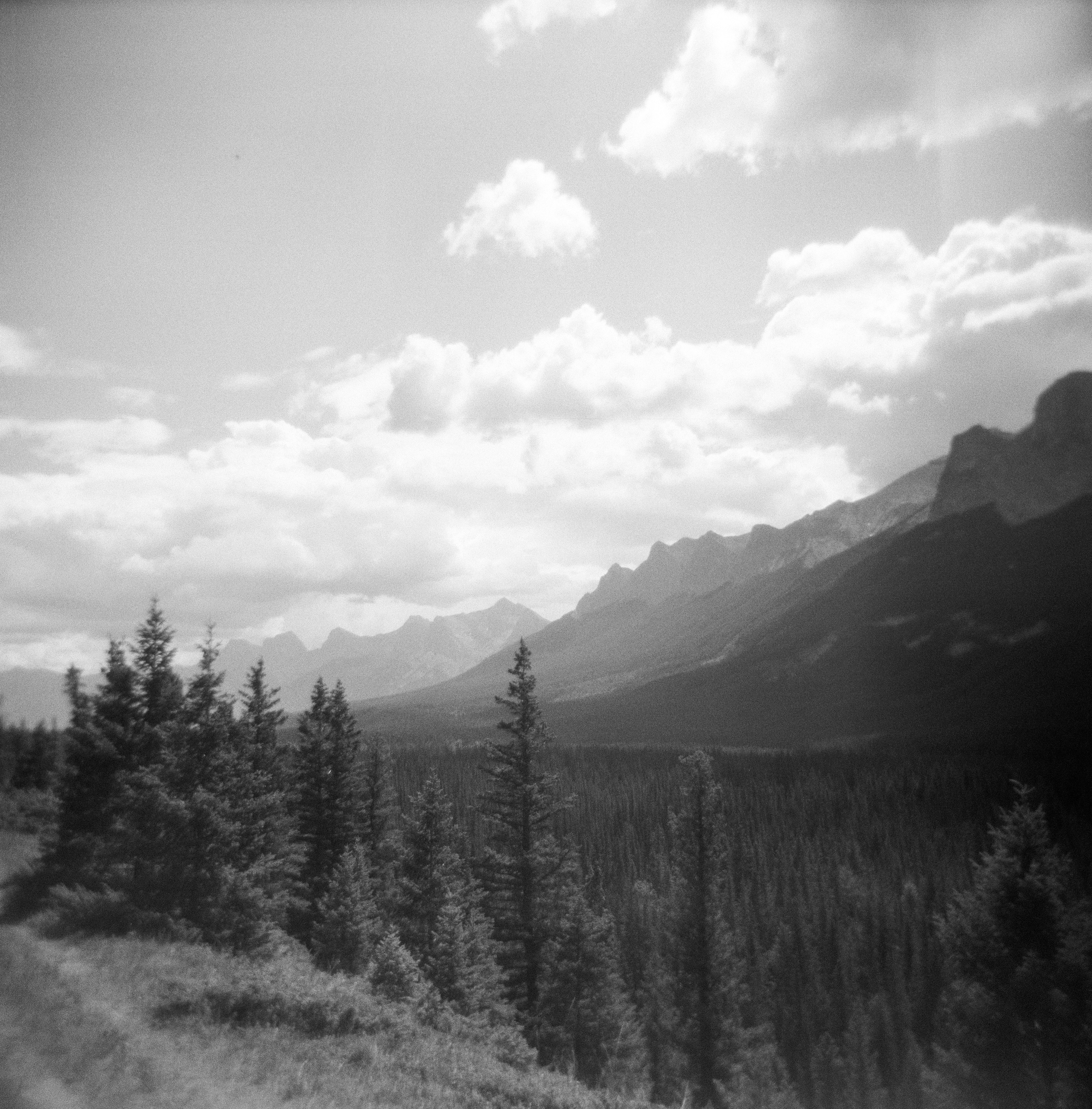
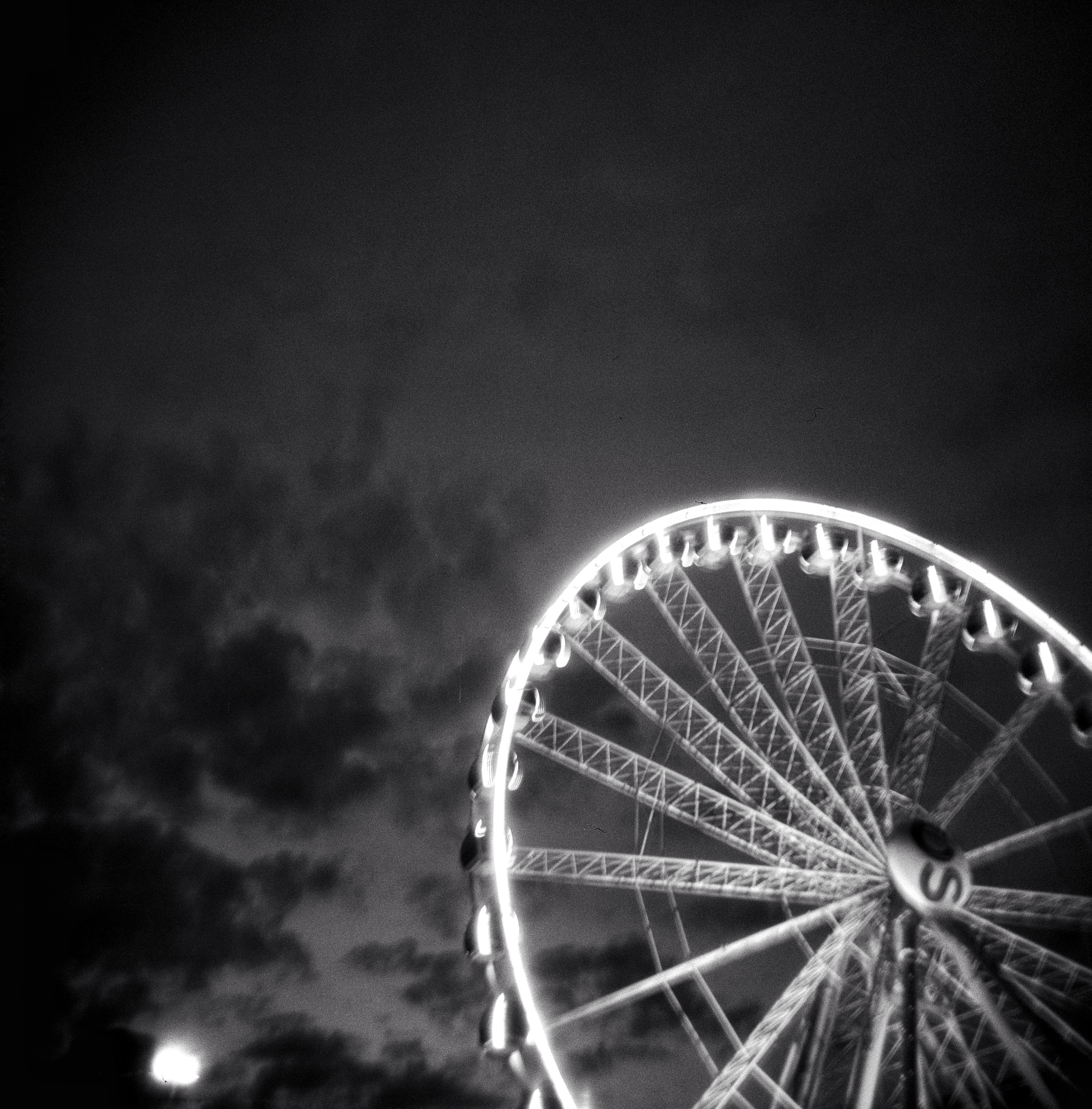

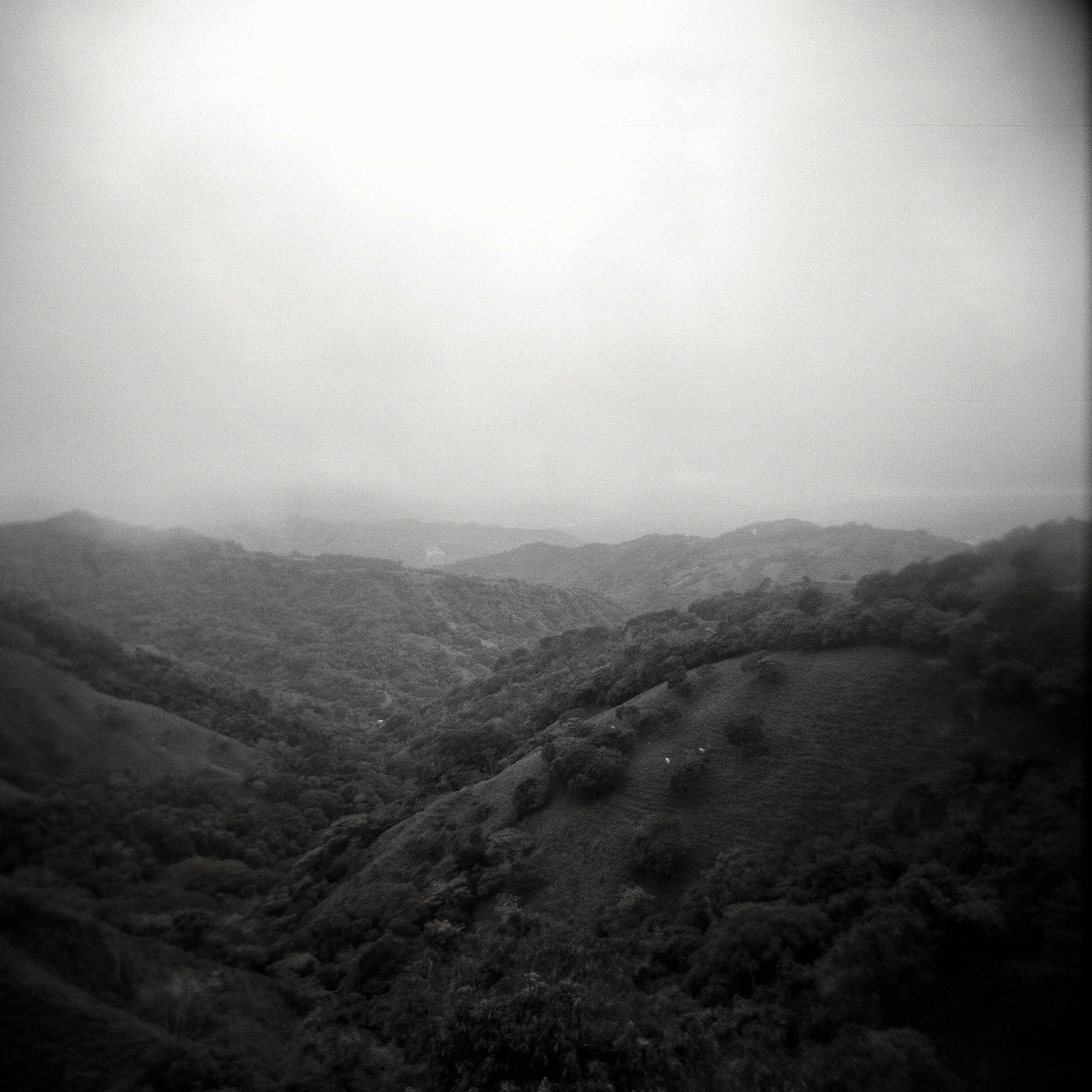
A place is more than a setting—it’s an emotional landscape shaped by people, memory, and meaning. Lomography, in this context, becomes more than a technique. It becomes a metaphor: for imperfection, for humanity, and for the unpredictable beauty of places when seen with care and curiosity.
Great storytelling doesn't require perfection. Sometimes, the strongest sense of place lives in the flaws—in the quiet accidents, in the off-centre compositions, in the fingerprints left behind by both the photographer and the camera.
